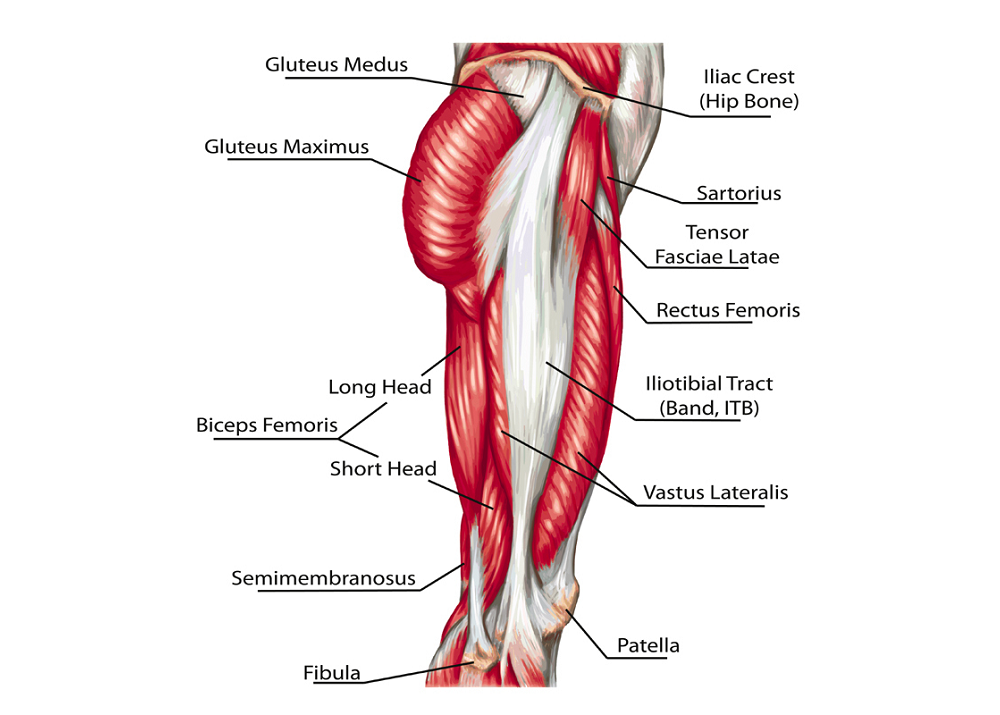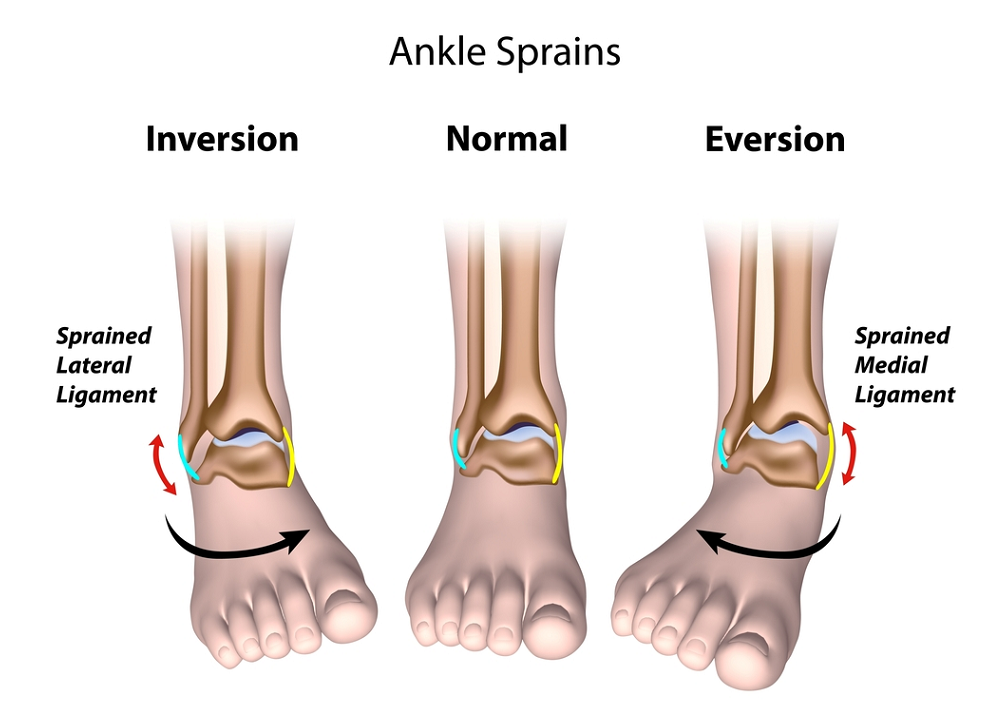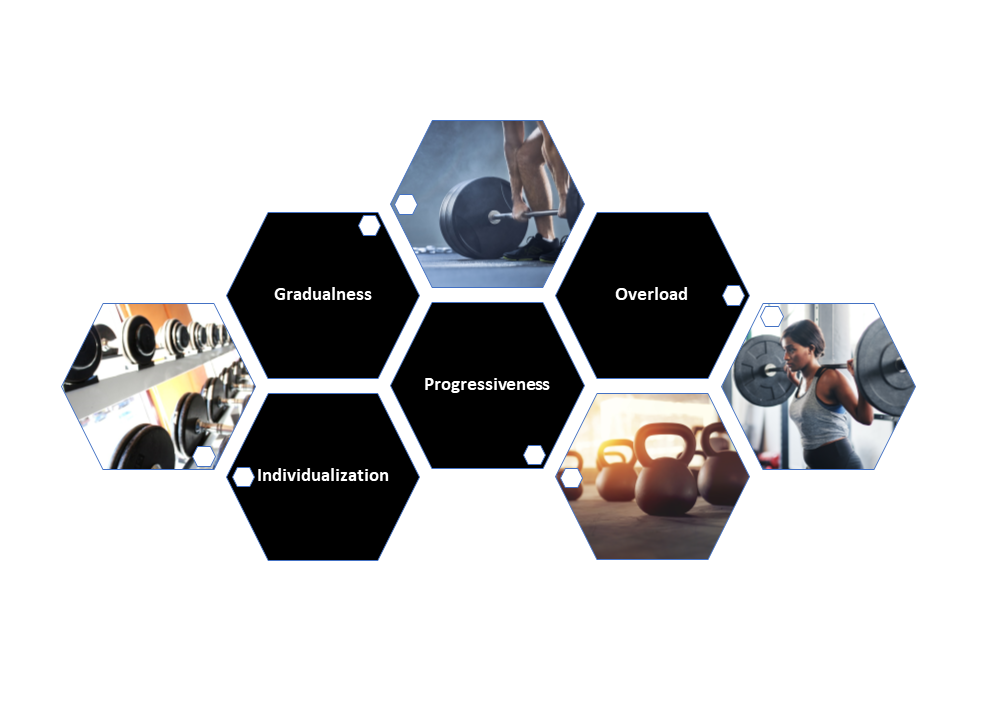Introduction:
In the intricate landscape of human anatomy, the dynamic interplay between muscles is a testament to the body's complexity. The relationship between the quadriceps and hamstrings, two muscle groups with opposing functions, is a fascinating subject that deeply influences movement, stability, and overall athletic performance. In this blog post, we delve into the anatomical intricacies of the connections between the quadriceps and hamstrings, shedding light on their roles, interactions, and the importance of maintaining a delicate balance.
Anatomy of the Quadriceps:
-
Quadriceps Femoris Muscle Group: Comprising four muscles — rectus femoris, vastus lateralis, vastus medialis, and vastus intermedius — the quadriceps femoris is situated at the front of the thigh. This muscle group plays a crucial role in extending the knee joint.
-
Rectus Femoris: The rectus femoris, unique among the quadriceps, crosses both the hip and knee joints. It contributes to hip flexion as well as knee extension, showcasing its dual functionality.
Anatomy of the Hamstrings:
-
Hamstring Muscle Group: The hamstrings consist of three muscles — biceps femoris, semitendinosus, and semimembranosus — located at the back of the thigh. These muscles primarily function to flex the knee joint and extend the hip joint.
-
Biceps Femoris: The biceps femoris, with two heads (long and short), is a key component of the hamstrings. It plays a vital role in both knee flexion and hip extension.
Interactions and Relationships:
-
Antagonistic Relationship: The quadriceps and hamstrings maintain an antagonistic relationship, meaning they perform opposing actions. While the quadriceps extend the knee, the hamstrings flex the knee and extend the hip.
-
Joint Stabilization: Together, the quadriceps and hamstrings contribute to joint stabilization. This is particularly evident in activities like running, jumping, and squatting, where the coordinated action of these muscle groups ensures smooth and controlled movements.
Importance of Balance:
-
Preventing Muscle Imbalances: Maintaining a balance between quadriceps and hamstrings is crucial for preventing muscle imbalances. Disproportionate strength or flexibility in one group over the other can lead to issues like instability, decreased athletic performance, and an increased risk of injuries.
-
Enhancing Athletic Performance: Athletes benefit significantly from a well-balanced relationship between the quadriceps and hamstrings. This equilibrium supports efficient movement patterns, enhances agility, and reduces the likelihood of muscle strains or tears.
Injury Prevention and Rehabilitation:
-
Injury Risks: Imbalances or weaknesses in either the quadriceps or hamstrings can heighten the risk of injuries, particularly in activities that involve rapid changes in direction or intense explosive movements.
-
Rehabilitation Strategies: Rehabilitation and injury prevention strategies often involve exercises that target both the quadriceps and hamstrings. Strengthening and stretching these muscle groups in tandem contribute to overall joint health and functional movement.
Conclusion:
The anatomical relationships between the quadriceps and hamstrings unv.eil a delicate dance of opposing forces that intricately shape human movement. Appreciating the synergies and intricacies between these muscle groups provides valuable insights for athletes, fitness enthusiasts, and healthcare professionals alike. As we navigate the complex terrain of anatomy, the balanced coordination of the quadriceps and hamstrings emerges as a cornerstone for optimal performance, injury prevention, and the pursuit of a harmonious and resilient musculoskeletal system.



